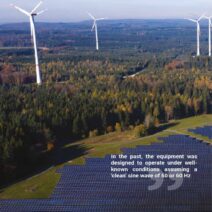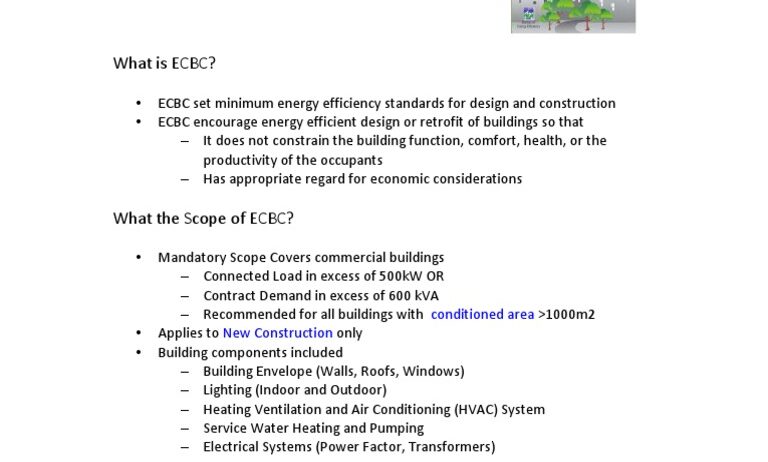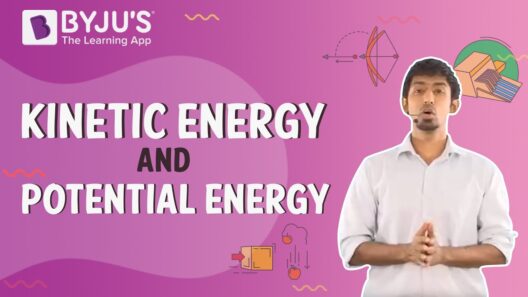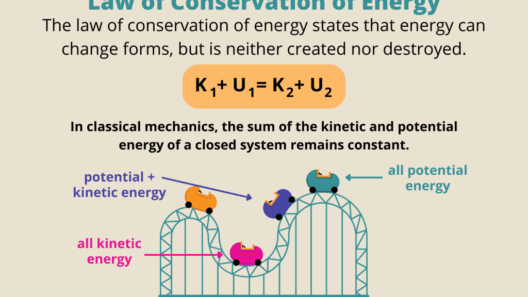The Pennsylvania Energy Conservation Code (PECC) serves as a critical framework aimed at enhancing energy efficiency in the state’s building sector. Introduced as part of legislative efforts to curb energy consumption and environmental impact, the code mandates specific construction practices and materials usage tailored to reduce energy waste in residential and commercial edifices. This discussion will elucidate the core aspects of the current PECC, touching on its foundational principles, compliance requirements, and the extensive impact it has on energy conservation in Pennsylvania.
Initially adopted in line with the International Energy Conservation Code (IECC), the PECC continuously evolves to integrate cutting-edge technologies and methodologies for energy conservation. The most recent iteration reflects a commitment to sustainability and resilience, incorporating advanced provisions that mitigate energy loss in both new constructions and renovations of existing buildings. It is imperative to understand the nuances of these regulations, especially for builders, architects, and homeowners alike.
One of the principal elements of the PECC is its comprehensive coverage of various building types. The code differentiates between residential buildings, commercial structures, and high-rise buildings, each subjected to distinct stipulations. For instance, residential structures such as single-family homes and multi-family dwellings are guided by different standards compared to commercial entities, which include offices, retail shops, and industrial facilities. This distinction is vital as it allows for the tailored application of energy-saving practices to suit different building needs.
Compliance with the PECC is multifaceted and involves various aspects such as insulation, fenestration, HVAC (Heating, Ventilation, and Air Conditioning) systems, and lighting. Insulation protocols under the code advocate for adequate thermal resistance values, ensuring that buildings retain heat during colder months and remain cool in warmer seasons. These requirements extend to walls, roofs, floors, and even basements, aiming at an overall enhancement of a building’s thermal envelope.
Fenestration, or the arrangement and design of windows and doors, is equally stressed in the PECC. The code delineates specifications for window performance ratings including U-factors and Solar Heat Gain Coefficients (SHGC). By optimizing fenestration, buildings can harness natural light while minimizing unwanted heat gain or loss, thereby decreasing reliance on artificial climate control systems. The code also encourages the use of high-performance glazing technologies, which bolster energy efficiency and comfort levels indoors.
HVAC systems represent another focal area within the PECC. The code mandates minimum efficiency ratings for heating and cooling systems, promoting the adoption of energy-efficient models that utilize less fuel and electricity. Additionally, requirements concerning the proper sizing and installation of HVAC systems aim to eliminate common inefficiencies found in over or undersized installations. This not only enhances the longevity of mechanical systems but also significantly reduces operating costs and greenhouse gas emissions.
Lighting practices resonate deeply with the overarching goals of energy conservation. The PECC stipulates guidelines on lighting efficacy, urging the implementation of LED technologies and controls that decrease energy use during off-peak hours. Daylight harvesting techniques, where indoor spaces adjust artificial lighting based on the availability of natural light, are also encouraged within the code’s framework. These measures collectively contribute to monumental savings in electrical consumption across all types of buildings.
Building energy modeling is another critical component of demonstrating compliance with the PECC. This practice involves creating simulations of a building’s energy performance, considering various factors such as occupancy, climate, and system efficiencies. By leveraging robust modeling software, architects and builders can ascertain compliance prior to construction, thus facilitating an iterative design process conducive to energy efficiency. This proactive approach allows for the identification of energy-saving opportunities at the design stage, mitigating costly retrofits later.
As part of its regulatory framework, the PECC also establishes mandates for testing and verification processes. These procedures ensure that systems are operating as intended post-construction, linking energy-saving claims with real-world performance metrics. Field verification, performance testing, and diagnostic procedures all serve to confirm compliance with the code, thereby fostering accountability amongst builders and engineers.
Enforcement of the PECC is undertaken through local jurisdictions, with municipalities armed with the authority to adopt amendments or stricter requirements tailored to their specific needs and circumstances. This localized approach allows communities to address particular energy challenges relevant to their region while staying anchored to the broader principles laid out in the state code.
Public education initiatives play a significant role in promoting the principles underlying the PECC. Awareness campaigns aimed at homeowners, builders, and industry professionals help illuminate the importance of energy conservation. Educational resources, workshops, and outreach programs foster a culture of sustainability, encouraging stakeholders to embrace energy-efficient practices as the norm rather than the exception.
In conclusion, the Pennsylvania Energy Conservation Code is a comprehensive set of regulations crafted to ensure that buildings across the Commonwealth utilize energy efficiently. By addressing essential facets of building construction and operation, the PECC equips stakeholders with the knowledge and tools necessary to pioneer effective energy conservation strategies. Through adherence to these standards, the potential for reducing energy consumption, mitigating environmental impacts, and fostering sustainable development in Pennsylvania is significantly augmented. Knowledge and compliance are key; the relentless pursuit of energy efficiency is not merely an aspiration but a necessary imperative in the modern era.







